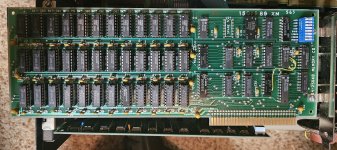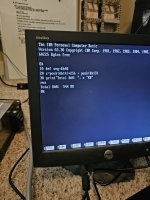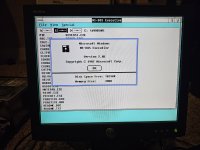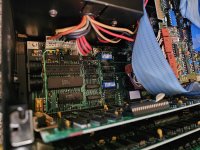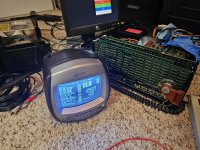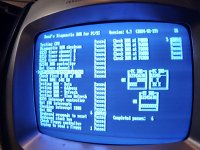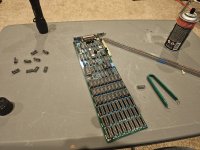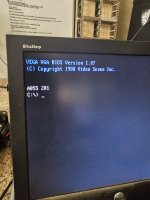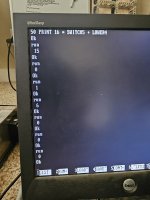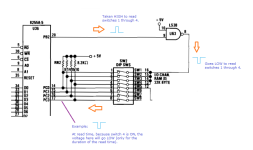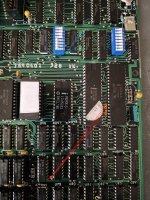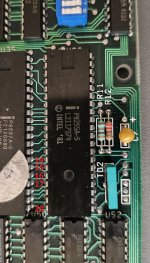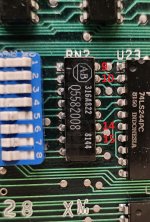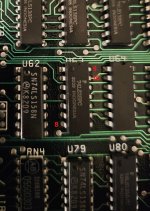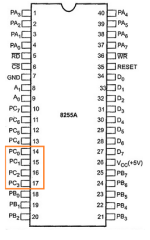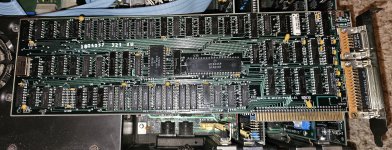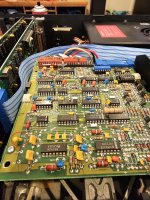modem7
10k Member
I brought out one of my 16KB-64KB motherboards, and 'lo and behold', I see:I repaired it, I think it was pin 7 from the back on J4, which I think is IRQ4 for slot 4.
So if right I guess unless I plugged a card in set to IRQ 4, I'd likely never have noticed.

The affected via goes to pin B8 on the ISA connector. B8 is 'reserved' in the IBM 5150, and later, used for CARDSELECTED (slot 8 related) in the IBM 5160.
So, where was the trace heading off to? The motherboard circuit diagram in the first edition of the technical reference reveals what is going on.
It appears that:
- Initially, B8 was intended to be used for a 'HRQ I/O CH' signal, a signal that heads off to U52.
- Then, IBM changed their mind.
- In the first technical reference: Figure 3 indicates B8 as 'RESERVED', but the circuit diagram shows otherwise.
So maybe, on initial 16KB-64KB motherboards, the trace is intact. Later, IBM decide to disconnect the trace. Until new PCB's were produced that had the trace broken, a rotary tool was used to sever the trace.

